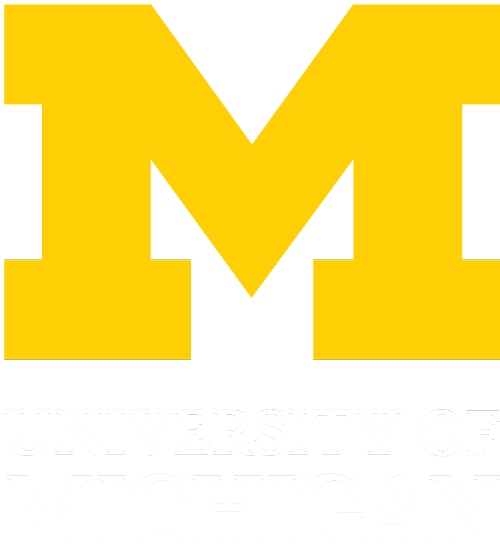Dan's most recent paper published in Langmuir. This is an extension of his previous work published last year, which demonstrated nanoporous gold (NPG) as a material with selective and tunable chemical transport properties.
Electrolyte Gradient-Based Modulation of Molecular Transport through Nanoporous Gold Membranes
Abstract
Nanopores, and nanoporous materials in general, are interesting for applications in chemical and biomolecular transport as pore sizes are on the same scale as the dimension of many (bio)chemical species. Many studies have focused on either single pores or small arrays of cylindrical pores, which are convenient in terms of their amenability toward computational modeling of transport phenomenon. However, the limited overall porosity may inhibit transport flux as well as the eventual implementation of these materials as active separation elements. Inspired by its relatively high porosity, we have explored nanoporous gold (NPG) as a membrane across which small molecular species can be transported. NPG offers a random, bicontinuous pore geometry, while also being inherently conductive and readily amenable to surface modification—attributes that may be enabling in the pursuit of size- and charge-based approaches to molecular separations. NPG was fabricated via a free-corrosion process whereby immersion of Au-containing alloys in concentrated nitric acid preferentially dissolves the less noble metals (e.g., Ni, Cu). Average pore diameters of 50 ± 20 nm were obtained as verified under scanning electron microscopy. NPG membranes were sandwiched between two reservoirs, and the selective transport of chemical species across the membrane in the presence of an ionic strength gradient was investigated. The flux of small molecules were monitored by UV–vis absorption spectrometry and found to be dependent upon the direction and magnitude of the ionic strength gradient. Moreover, transport trends underscored the effects of surface charge in a confined environment, considering that the pore diameters were on the same scale as the electrical double layer experienced by molecules transiting the membrane. Under such conditions, the transport of anions and cations through NPG was found to depend on an induced electric field as well as ion advection. Further electrical and surface chemical modulations of transport are expected to engender increased membrane functionality.

